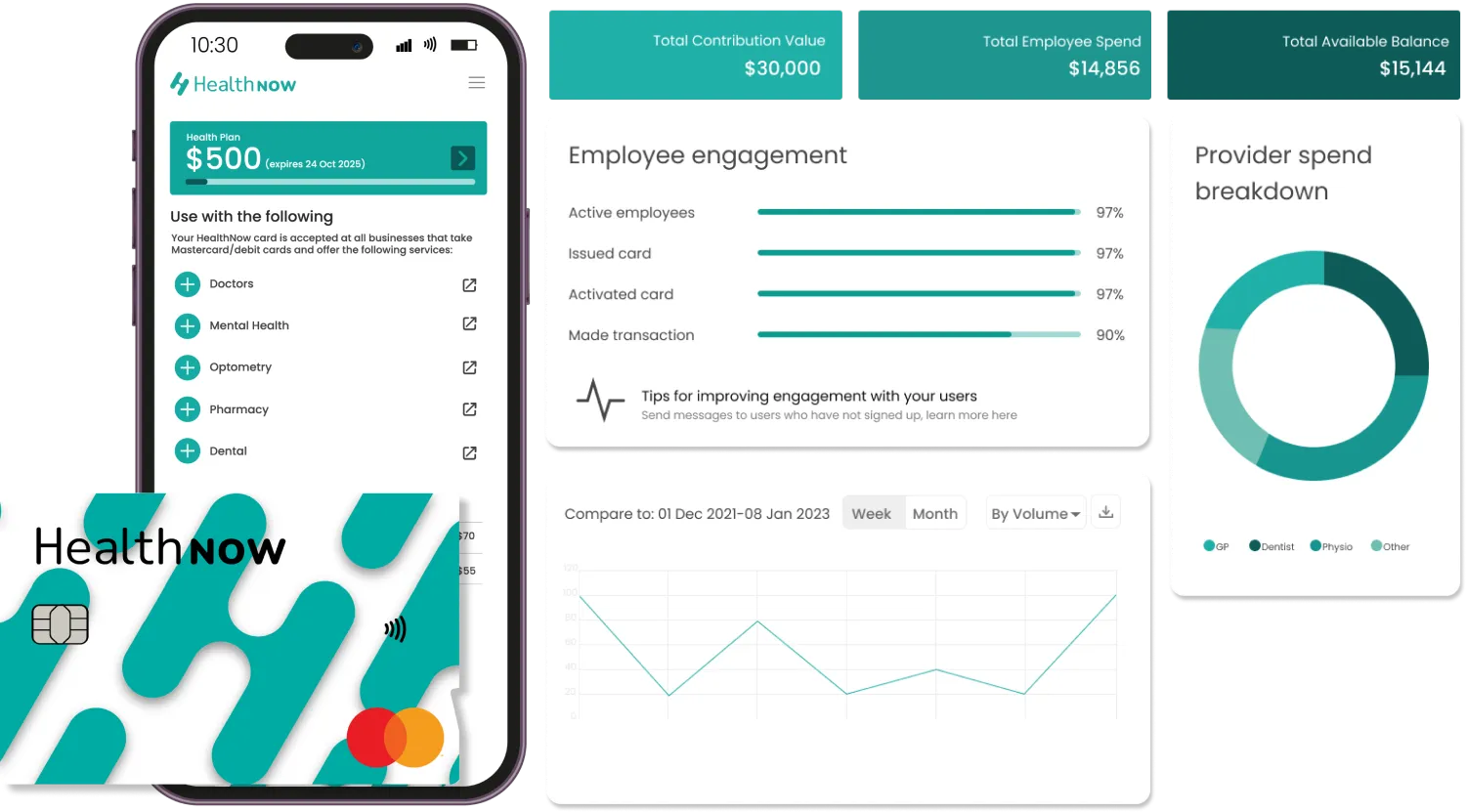If you have been diagnosed with diastasis recti, suspect that you have it, or are experiencing abdominal weakness, pain or belly bulging that doesn’t seem to be getting better after childbirth, then this is very important information for you. This is as it could be possible that the bulge that many women have in the middle of their stomach postpartum has nothing to do with weight gain or weight retention, and instead everything to do with the separation of the abdominal muscles that leaves a gap – a condition that we know as diastasis recti.
What does having diastasis recti mean?
Having diastasis recti means that you have an abnormal separation of your abdominal muscles (the “rectus abdominis”. We talk about this abnormal separation post-pregnancy because during pregnancy, especially when you get close to full-term (37 weeks or so), the process of your abdominal muscles separating is completely normal – and necessary – to allow your body to accommodate your growing baby. However, if your abdominal muscles are still significantly separated after giving birth instead of coming back together, this is then classified as abnormal.
Why do the abdominal muscles stay separated?
If you trace the midline of your stomach, from just below the breasts to belly button or pubic bone, there is connective tissue present in this area called the linea alba – you may see a darker line on this area during pregnancy. It is because of the stretching (or thinning) of this tissue that the abdominal muscles on both sides of this midline remain further separated than they should normally be.
How do I know if I have diastasis recti or another problem?
The signs and symptoms of diastasis recti typically seen and treated by physiotherapists include:
- Bulging appearance of the stomach, especially at the midline
- Pelvic floor problems
- Weakness and impaired function of the pelvic floor and deep core muscles, which affects the stability of the pelvis and lower back
- Hip, pelvis or back pain
- Postural changes if the deep abdominal muscles have become less functional and muscle imbalances have occurred
It’s important that you never guess as to whether you have this condition or not. If you’ve noticed a bulge in the midline of your stomach, can physically poke your fingers into the midline of your stomach, or are generally concerned and want to be assessed, you should book an appointment with your physio without hesitation. Ideally, you want to see someone that specialises in women’s health and postpartum care.
Your physiotherapist will then perform a physical examination, discuss your history, and provide you with a confident diagnosis, whether that’s diastasis recti or something else.
Can I have diastasis recti if I’ve never been pregnant?
Interestingly, diastasis recti can affect those that have never been pregnant – and this includes men too. When we undertake repetitive activities that put tension on our abdominal muscles (especially movements that encourage them to pull apart), we have the potential to overstretch the connecting fascia of these muscles, and cause muscle separation. Aside from activities, it can also be due to our posture, having very tight abdominal muscles, shortened muscles, digestive problems like bloating, and more.
How is diastasis recti treated?
Managing diastasis recti is done through a tailored approach with your physio. Your physiotherapist will create the best treatment plan that considers the extent of the symptoms you’re experiencing, your strength, the number of weeks postpartum you are (if you’ve been pregnant), and a variety of other factors.
Next, you’ll begin to gently but effectively work to strengthen your deep core abdominal muscles and your pelvic floor while addressing any alignment or postural problems that are contributing to the condition. Your physiotherapist may get you to temporarily modify some activities, or use a brace for added support during the initial stages of your recovery.
Diastasis recti treatment without the upfront cost
As diastasis recti can become worse if it is left untreated or ignored, it’s important to have it treated promptly. Unfortunately, this can be easier said than done for many New Zealanders. With 39% of New Zealanders delaying medical appointments due to cost, the cost barrier to recovery is a very real issue when it comes to booking the physio appointment cost.
This is why many physios across New Zealand are now offering an easier way to pay for your care via HealthNow – a Buy Now, Pay Later (BNPL) platform designed specifically for healthcare. Choosing to pay via the HealthNow app means that those needing physio care can split the total cost into multiple payments over a maximum of twelve weeks, with absolutely no fees or interest.
Unlike other BNPL services, HealthNow meets a higher level of regulatory compliance to ensure that it operates with social responsibility, given its role in the health sector. While health consumers split their bill and delay the full upfront cost, physios get paid in full on the day by HealthNow, making it a win-win for the health industry.
Preventing diastasis recti
There are several things you can do to help reduce the likelihood of developing diastasis recti. This focuses on reducing your daily movements that encourage tension on the linea alba or pressure within the abdomen. While these aren’t necessarily “big” changes, because they can affect the body many times throughout the day, they can add up to make a significant difference. This includes:
- Posture – pushing our shoulders back, chest forward and overcorrecting our posture can put more tension on the Linea Alba. Instead, check your alignment and bring your pelvis and ribs back over your feet and not in front of them.
- Tight musculature – at the chest, shoulders and the psoas major muscle can create tension on the Linea Alba. These are aspects that can be assessed and managed with the help of your physio and your tailored rehab plan.
- Bloating, overeating, sucking in your stomach constantly and digestive issues that increase the intra-abdominal pressure. Try to avoid or limit the amount of sucking in or straining of the stomach, and address any other digestive problems you are having.
Book your appointment with HealthNow
Registering for HealthNow is free and easy – and you can quickly start using it to access physio services, doctors visits, pick up pharmacy medications – and much more. To start using HealthNow and claim your $10 credit when you first create an account, download the app here. You can also check out HealthNow’s full benefits and features, including a health wallet to store funds set aside for health services that can be contributed to by others including your employer.







